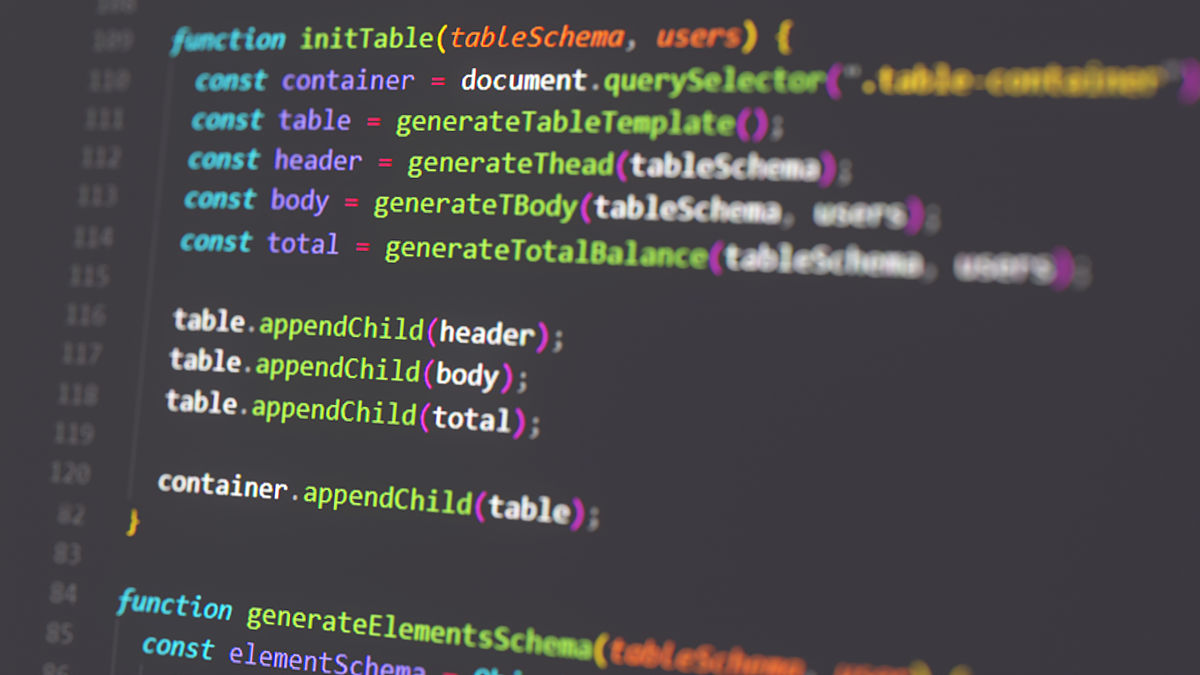Python音频增强代码:如何设置干净音频和噪声路径
在代码的初始化部分,可以看到audio_dir和noise_dir是读取音频和噪声的路径,可以将其改为自己的路径。例如:
audio_dir = '/path/to/clean/audio'
noise_dir = '/path/to/noise'
需要注意的是,这里的路径应该是指到包含音频和噪声的文件夹,而不是具体到某个音频文件。如果有多个音频文件和噪声文件,代码会自动遍历文件夹并读取所有文件。
代码示例:
import tensorflow as tf
import librosa
import threading
import numpy as np
import fnmatch
import os
import random
import ipdb
from numpy.lib import stride_tricks
def find_files(directory, pattern=['*.wav', '*.WAV']):
'''find files in the directory'''
files = []
for root, dirnames, filenames in os.walk(directory):
for filename in fnmatch.filter(filenames, pattern[0]):
files.append(os.path.join(root, filename))
for filename in fnmatch.filter(filenames, pattern[1]):
files.append(os.path.join(root, filename))
return files
class Audio_reader(object):
'''reading and framing'''
def __init__(self,
audio_dir,
noise_dir,
coord,
N_IN,
frame_length,
frame_move,
is_val):
'''coord: tensorflow coordinator
N_IN: number of input frames presented to DNN
frame_move: hopsize'''
self.audio_dir = audio_dir
self.noise_dir = noise_dir
self.coord = coord
self.N_IN = N_IN
self.frame_length = frame_length
self.frame_move = frame_move
self.is_val = is_val
self.sample_placeholder_many = tf.placeholder(
tf.float32, shape=(None, self.N_IN, 2, frame_length))
# queues to store the data
if not is_val:
self.q = tf.RandomShuffleQueue(
200000, 5000, tf.float32, shapes=(self.N_IN, 2, frame_length))
else:
self.q = tf.FIFOQueue(
200000, tf.float32, shapes=(self.N_IN, 2, frame_length))
self.enqueue_many = self.q.enqueue_many(
self.sample_placeholder_many + 0)
self.audiofiles = find_files(audio_dir)
self.noisefiles = find_files(noise_dir)
print('%d speech found' % len(self.audiofiles))
print('%d noise found' % len(self.noisefiles))
# ipdb.set_trace()
def dequeue(self, num_elements):
'''dequeue many element at once'''
output = self.q.dequeue_many(num_elements)
return output
def norm_audio(self):
'''Normalize the audio files
used before training using a independent script'''
for file in self.audiofiles:
audio, sr = librosa.load(file, sr=16000)
div_fac = 1 / np.max(np.abs(audio)) / 3.0
audio = audio * div_fac
librosa.output.write_wav(file, audio, sr)
for file in self.noisefiles:
audio, sr = librosa.load(file, sr=16000)
div_fac = 1 / np.max(np.abs(audio)) / 3.0
audio = audio * div_fac
librosa.output.write_wav(file, audio, sr)
def thread_main(self, sess):
'''thread for reading files and enqueue the original
signal'''
stop = False
SNR = [0.0, 0.1, 0.4] # possible multiply fac adding the signals
# SNR = [0]
N_epoch = 1
N_audio_files = len(self.audiofiles)
N_noise_files = len(self.noisefiles)
# total posible combinations
N_tot = N_noise_files * N_audio_files
# index: noise audio N_snr
count = 0
while not stop:
# randomly comnbine the speech and noise
ids = range(N_tot)
random.shuffle(ids)
for i in ids:
# ipdb.set_trace()
noise_id = i / (N_audio_files)
audio_id = i - N_audio_files * noise_id
audio_org, _ = librosa.load(self.audiofiles[audio_id], sr=None)
noise_org, _ = librosa.load(self.noisefiles[noise_id], sr=None)
audio_len = len(audio_org)
noise_len = len(noise_org)
# print('%d %d' % (audio_len, noise_len))
# trim the signals into same length and add
tot_len = max(audio_len, noise_len)
if audio_len < noise_len:
rep_time = int(np.floor(noise_len / audio_len))
left_len = noise_len - audio_len * rep_time
temp_data = np.tile(audio_org, [1, rep_time])
temp_data.shape = (temp_data.shape[1], )
audio = np.hstack((temp_data, audio_org[:left_len]))
noise = np.array(noise_org)
else:
rep_time = int(np.floor(audio_len / noise_len))
left_len = audio_len - noise_len * rep_time
temp_data = np.tile(noise_org, [1, rep_time])
temp_data.shape = (temp_data.shape[1], )
noise = np.hstack((temp_data, noise_org[:left_len]))
audio = np.array(audio_org)
# number of generated frames
num_iter = np.floor(
(tot_len - self.frame_length) / self.frame_move - self.N_IN)
# generate for each multiply factor
for mul_fac in SNR:
noisy_speech = audio + mul_fac * noise
noisy_speech.shape = (1, -1)
audio.shape = (1, -1)
# ipdb.set_trace()
data = np.concatenate((noisy_speech, audio))
data_frames = stride_tricks.as_strided(
data,
shape=(num_iter, self.N_IN, 2, self.frame_length),
strides=(data.strides[1] * self.frame_move,
data.strides[1] * self.frame_move,
data.strides[0],
data.strides[1]))
# enqueue the signals
sess.run(
self.enqueue_many,
feed_dict={self.sample_placeholder_many: data_frames})
count += num_iter
if not self.is_val and i % 100 == 0:
print('epoch %d' % N_epoch)
if not self.is_val:
print('end of an epoch with %d samples' % count)
np.save('sampleN.npy', count)
def start_threads(self, sess, num_thread=1):
'''start the threads'''
for i in range(num_thread):
thread = threading.Thread(
target=self.thread_main, args=(sess, ))
thread.daemon = True # Thread will close when parent quits.
thread.start()
注意:
- 将
audio_dir和noise_dir替换为您的实际路径。 - 确保您的音频文件格式为
.wav或.WAV。 - 代码会自动遍历文件夹并读取所有音频文件,因此您不需要手动指定每个文件的路径。
希望这篇文章能帮助您理解如何设置干净音频和噪声路径,并使用该代码进行音频增强!

原文地址: https://www.cveoy.top/t/topic/ntbl 著作权归作者所有。请勿转载和采集!